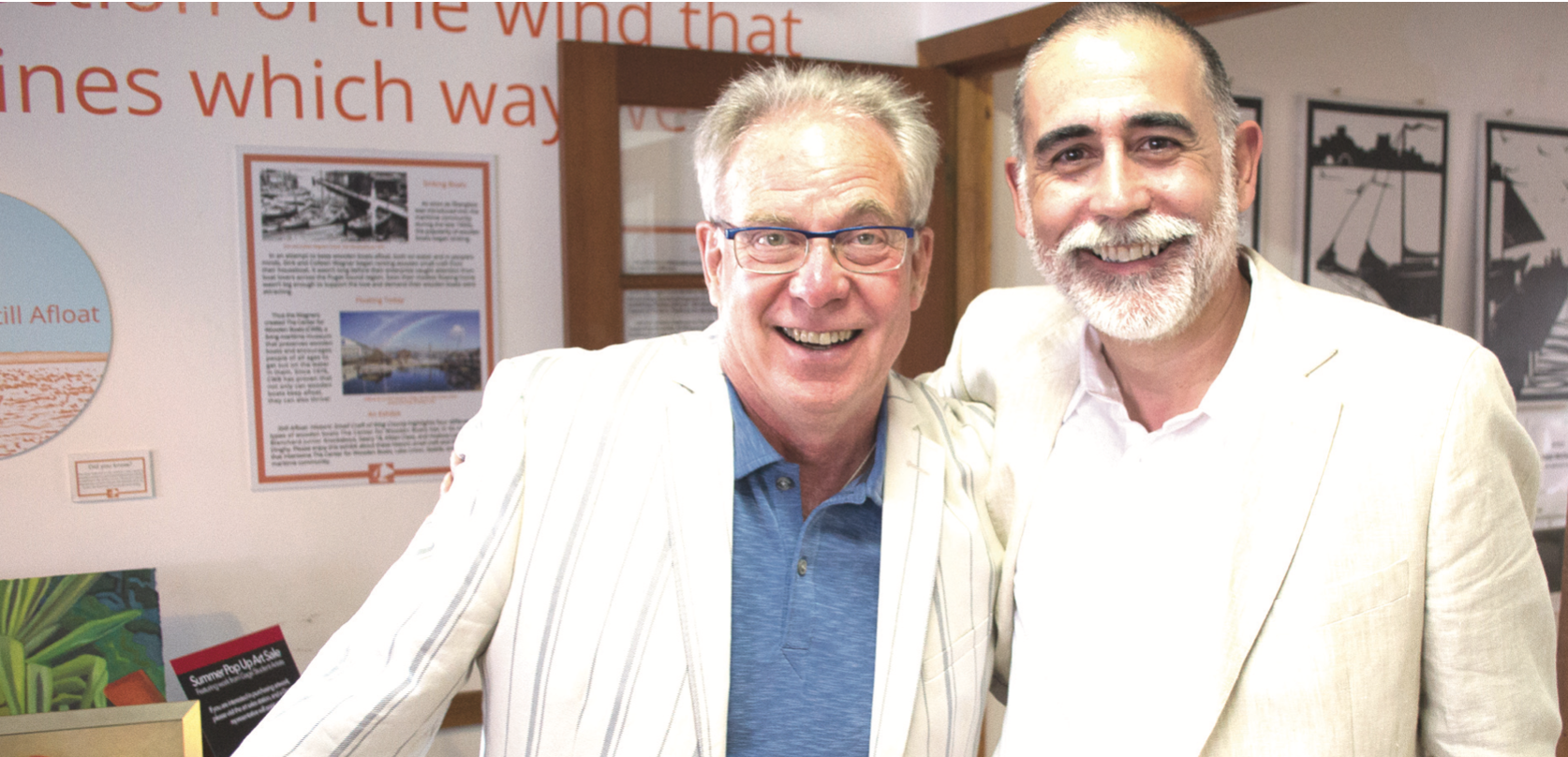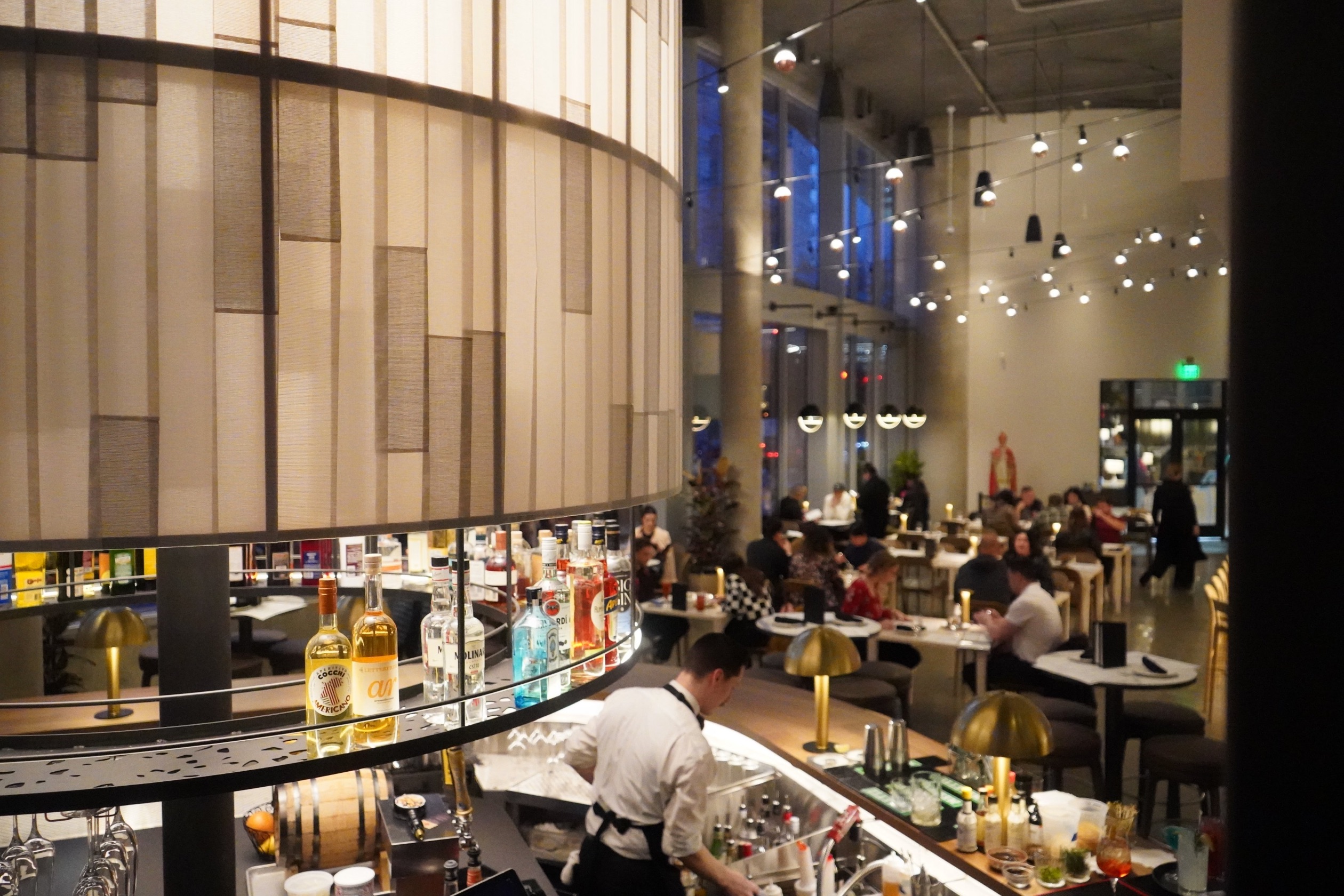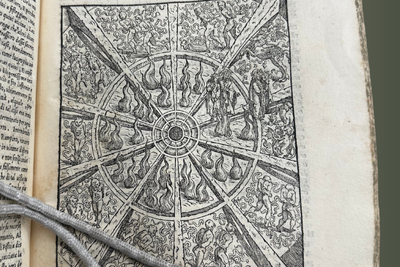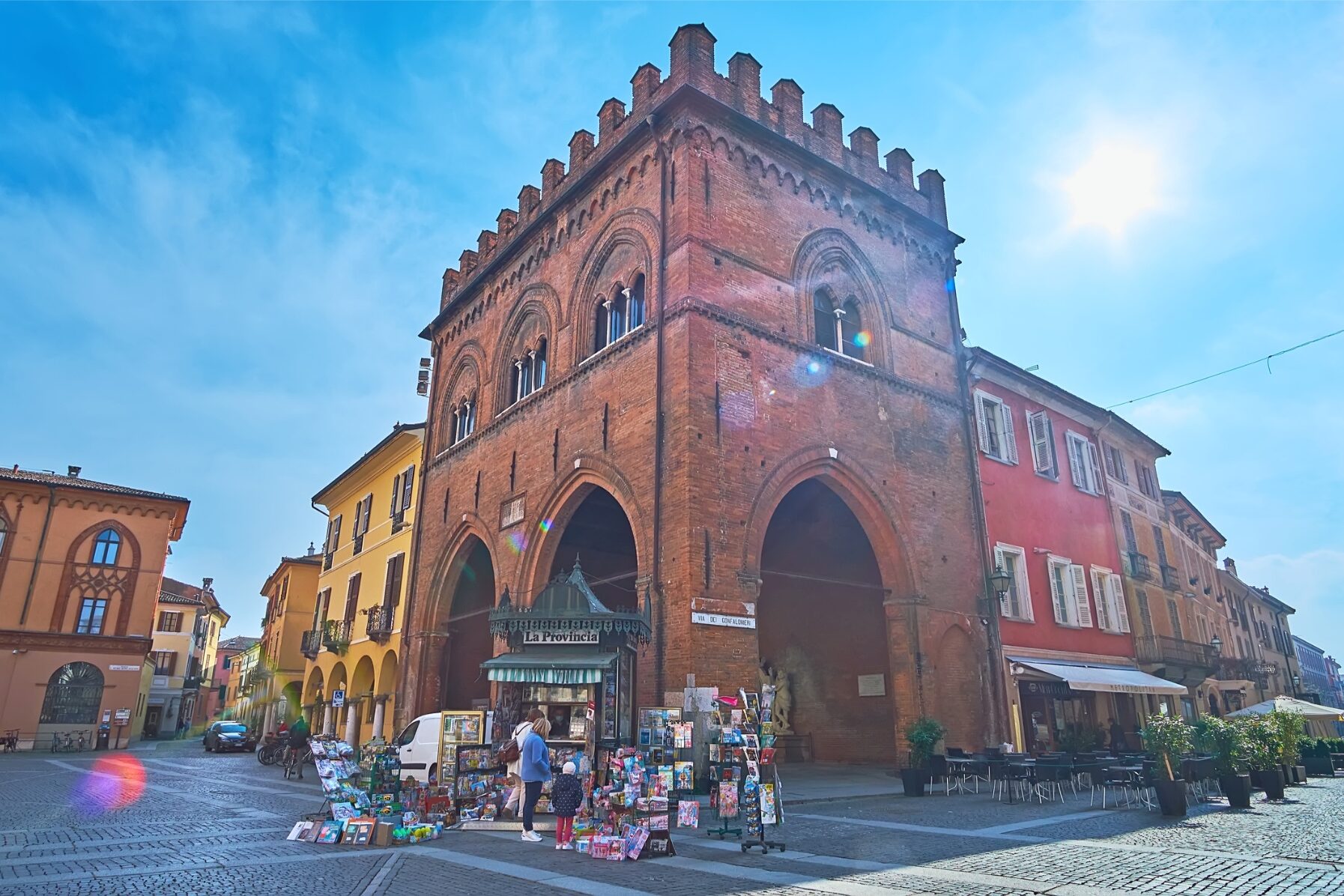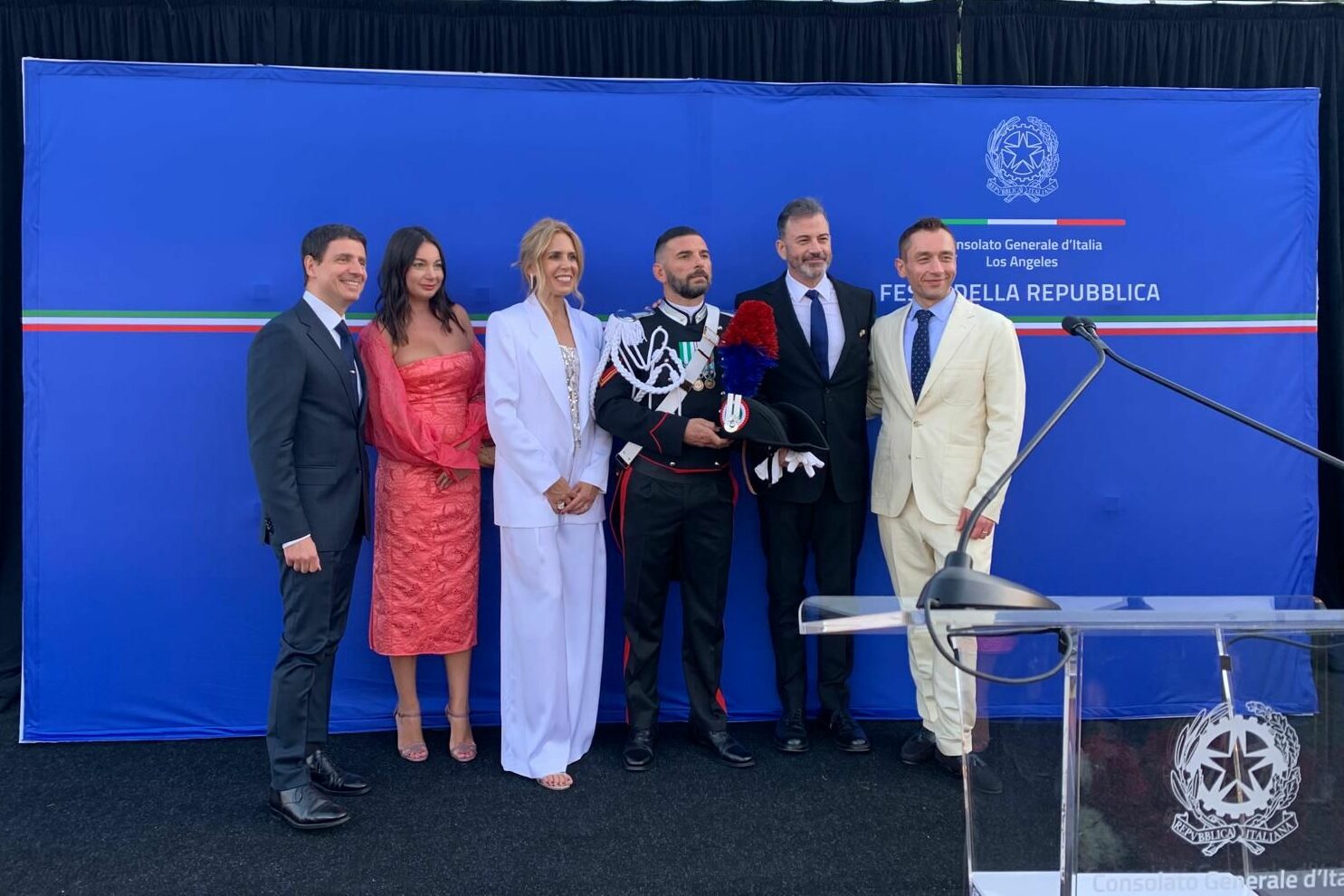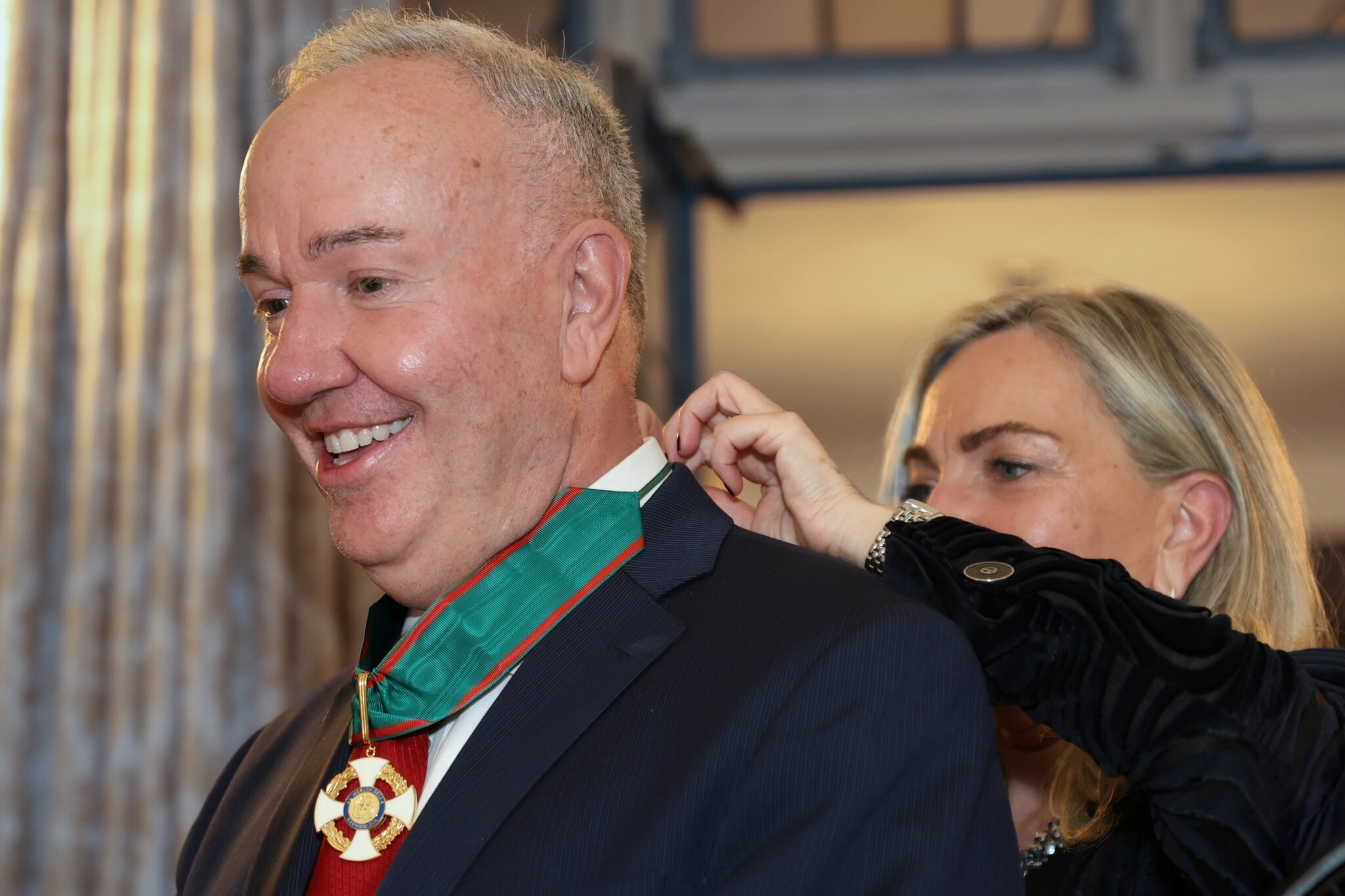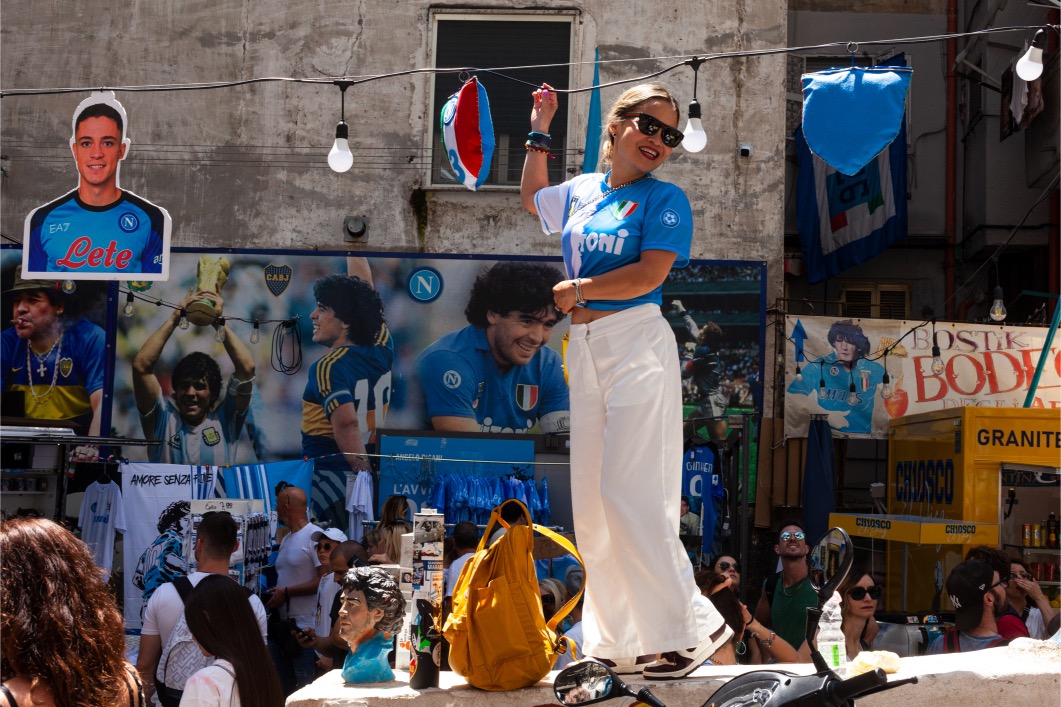Relevant, passionate and fiercely devoted to the arts: these words are used to describe Gage Academy of Art, a fine art school in Seattle that celebrates its 30th anniversary this year, but can be applied equally as well to the school’s executive director, Stefano Cata-lani.
A native of Genazzano, south of Rome, Catalani arrived in Seattle in 2001 and within a few years was appointed director of art, craft and design at Bellevue Arts Museum, a position he held for more than a decade. Now as executive director at Gage, Catalani is continuing the school’s commitment to innovation, excellence and accessibility while putting his own undeniable stamp on its next decade of growth.
Gage was founded in 1989 by New York artist Gary Faigin and his wife, architect Pamela Be-lyea, who offered art workshops in New York and Santa Fe. After relocating to Seattle in the early 1990s, the couple opened the Academy of Realist Art which they operated from their home for several years before moving to a stand-alone location. In 2006, the name was changed to the Gage Academy of Art; Faigin continues today as artistic director and instruc-tor.
Situated in an historic 1925 landmark building adjacent to St. Mark’s Cathedral in Seattle’s Capitol Hill neighborhood, Gage has a second facility in Georgetown, a diverse and quickly growing neighborhood in South Seattle. Both locations offer art instruction, free programs, lectures, exhibitions, events and workshops.
During his tenure at Bellevue Arts Museum, Catalani helped expand that organization’s visi-bility both regionally and nationally. He earned kudos for his multidisciplinary approach to education and exhibits that combined art, craft and design with poetry, music, performance and architecture.
Catalani’s approach to art was influenced by his father, an amateur painter in his youth, who taught him that art is a language all of its own. He followed a liberal arts track during high school — and still enjoys reading the classics today — but was inspired by a professor to consider the sciences. He went on to earn a master’s degree in mining and petroleum en-gineering at Sapienza University of Rome.
While employed as an engineer in Sicily, Catalani remained engaged in the art world, guest-curating exhibits in Rome and on Malta. After two years, the art world won out and Catalani quit engineering. In his early 30s, he moved to the Pacific Northwest. “Those first two years in Seattle were some of the most exciting of my life,” he said. “I breathed, ate and talked art, and spent months building relationships with the city and its cultural producers.”
Catalani became executive director of Gage in 2016, where he oversees seven atelier pro-grams developed in the time-honored apprenticeship model that characterized the Renais-sance and Beaux Arts periods. The ateliers are designed for artists who want to further their mastery of painting, drawing or sculpture under the watchful guidance of teaching artists. These intensive two-to-four year programs are dedicated to both classical and modern tra-ditions.
“We enroll about 115 students in our 7 atelier programs,” said Catalani. “After completing the atelier, students leave with a portfolio so strong they can apply directly to a Master of Fine Arts program, if that is what they choose.”
Gage also offers a one-year intensive program in studio arts that combines a variety of stu-dio courses with professional development and activities that connect budding artists with the local art community.
A core belief at Gage is that artists are made, not born. To draw out the artist in all of us, the school offers an ever-changing menu of 10-week adult education programs in drawing, painting, sculpture and printmaking, available to anyone in the community. “We believe through education, everyone can find his or her artistic voice,” said Catalani. About 450 students participate in these classes every quarter.
There are weekend and week-long workshops, too, taught by visiting artists from around the world. On March 31, for example, Genoa-born artist Alessandro Gallo, currently living in Montana, begins a weeklong workshop on storytelling with clay figures.
Gage attracts youngsters and teens with a wide range of programs offered throughout the year and in summer camps. Although the majority are fee-based (there are need-based scholarships available), the school also coordinates a free drop-in studio art program in three locations for teens aged 13 to 18.
”Our Friday teen art studios are held for three hours nearly every Friday night, 49 weeks a year,” said Catalani. “We provide a safe environment where teens from all backgrounds can express themselves through art and can have positive social interactions. We serve about 1,500 students annually at those Friday night programs, thanks to the support of several generous funders.”
Today, Gage has a team of 20 faculty and administrative staff along with more than 100 art-ist-instructors. In January, the school kicked off its 30th anniversary year with an exhibition at the Washington State Convention Center. The exhibit 2020 Visions, which runs through April 13, honors the artist-teachers who are the foundation of Gage’s approach. Other anni-versary events are coming up, including an art auction and gala on May 2.
“As the director of an art school, people sometimes ask me: what good is art in today’s high-tech world?,” said Catalano. “To that I say: at Gage, we teach artists to be problem solvers and to develop critical thinking skills. One of our core values is perception, the abil-ity to see what is before us. This is the foundation of the scientific method, as well. Because of observation, Galileo and Copernicus turned the world on its head. Artists do the same. They show us new ways to see in today’s modern world.”
